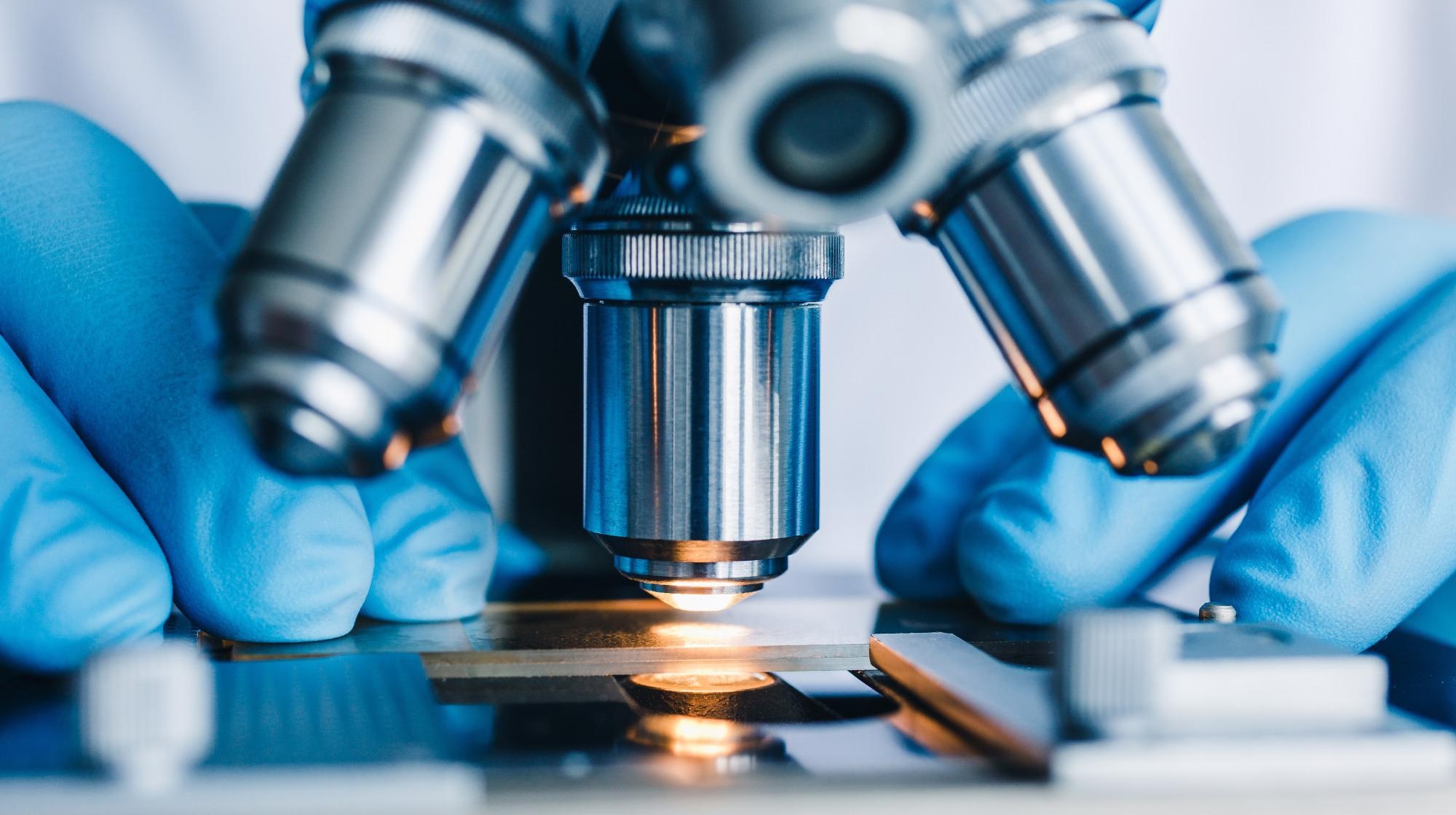People might visualize crystals as perfect structures, but they are usually plagued with “defects.” The interesting fact about these defects is that they often appear as a result of atoms experiencing reorganization to reduce the system’s energy and achieve stability.

Image Credit: Shutterstock.com/ Konstantin Kolosov
Dislocations can strongly affect the physical and chemical properties of a crystal. Moreover, they can undergo ‘reactions’ when for instance strain is applied on the crystal or atoms are added to its surface. Studying how dislocations react can, therefore, provide crucial insights on how to cure these crystal defects.
Antoine Fleurence, Study Senior Lecturer, Japan Advanced Institute of Science and Technology
“Silicene on zirconium diboride (ZrB2) provides a perfect test bed for that. This two-dimensional form of silicon features an array of dislocations which disappear when few Si atoms are deposited on top of it,” added Fleurence.
Fleurence continued, “This transformation, that suppresses the high cost of energy caused by the presence of unbounded Si atoms on the surface, requires the reaction of four dislocations to create the room necessary to accommodate the deposited atoms in the silicene sheet.”
“As this needs the motion of a large number of atoms and to overcome the repulsive interaction between the dislocations, this transformation looked very unlikely at first glance: It is a veritable atomistic puzzle which has to be solved to integrate the deposited atoms!” concluded Fleurence.
Dr. Fleurence, who works on 2D materials, and his collaborator, Professor Yukiko Yamada-Takamura from Japan Advanced Institute of Science and Technology (JAIST), have tracked the evolution of dislocations in a silicene sheet in real-time following the deposition of silicon (Si) atoms on it with the help of scanning tunneling microscopy (STM).
The new study was reported in the 2D Materials journal.
By employing this real-time monitoring, nature’s trick to combine the deposited Si atoms and achieve a dislocation-free silicene sheet could be identified — the silicene sheet undergoes a series of dislocation reactions during which the union of Si atoms inside the silicene sheet takes place.
Furthermore, locally “nucleated” single-domain islands propagate throughout the entire silicene sheet to finally lead to a dislocation-free and single-domain structure.
The information on dislocation dynamics provided by this study could be used to find solutions to heal structural defects in similar 2D materials, interfaces, and a wide range of nanomaterials.
Antoine Fleurence, Study Senior Lecturer, Japan Advanced Institute of Science and Technology
Journal Reference:
Fleurence, A & Yamada-Takamura, Y (2021) Adatom-induced dislocation annihilation in epitaxial silicone. 2D Materials. doi.org/10.1088/2053-1583/ac15da.